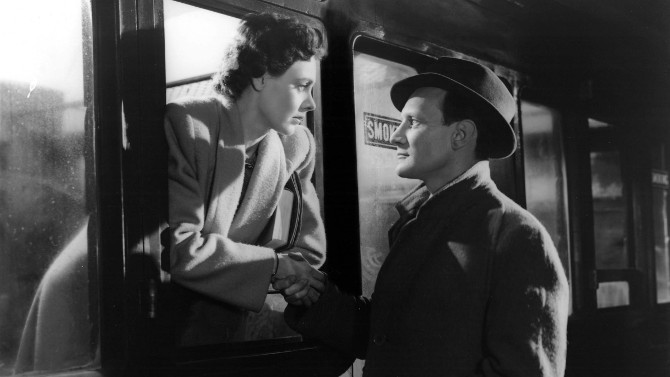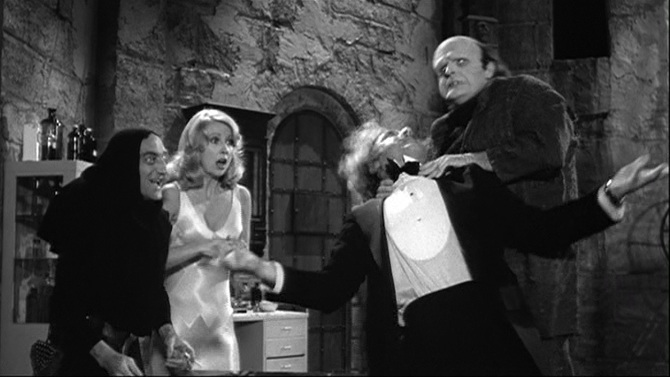
Murder ‘Mystery’
Sometimes a movie just doesn’t fit perfectly within its own genre... going against a few of the tropes that define what something is, all while hitting enough of them to still be what it is – confusing! That’s the case with this latter-day Italian giallo, Mystère... sometimes better known by its English title Dagger Eyes (1983). Co-written and directed by Carlo Vanzina, the film opens with a rather impressive, though more crime inspired assassination in Rome... resembling the real life John F. Kennedy car killing. It will start a chain reaction of murders that will rock the Eternal City.
-
Star Pick with Keir Dullea
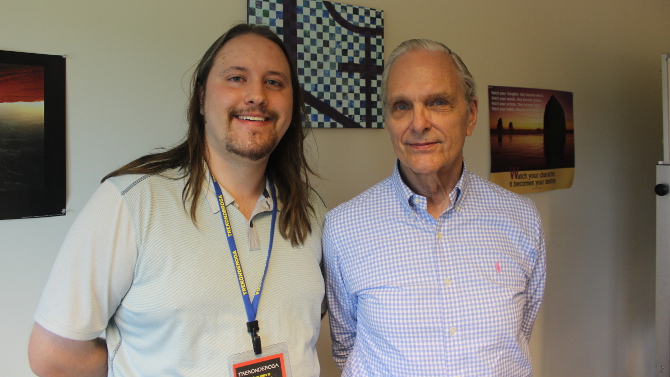 Train in VainBrief EncounterOctober 18, 2016
Train in VainBrief EncounterOctober 18, 2016Whilst attending Trekonderoga, the Ticonderoga comic convention that is all things Star Trek, on August 13th, 2016, I was fortunate enough to be able to interview Keir Dullea. Best known for taking on the starring role of Dr. Dave Bowman in Stanley Kubrick’s iconic space epic 2001: A Space Odyssey – he reprised the character for the film’s 1984 sequel 2010: The Year We Made Contact. Dullea has played a variety of intriguing roles over his six plus decades in the industry, getting his first lead role in 1962's David and Lisa, the actor then went on to star in 1964's The Thin Red Line, Otto Preminger’s 1965 mystery Bunny Lake is Missing, 1974's Black Christmas (often considered to be the genesis of the slasher horror film genre), and Robert De Niro’s 2006 flick The Good Shepherd, to name but a few of his film credits. The man actually highlighted a small Canadian film that he made back in 1973, titled Paperback Hero (also known as Last of the Big Guns), as being the favourite film he has worked on to this point.
-
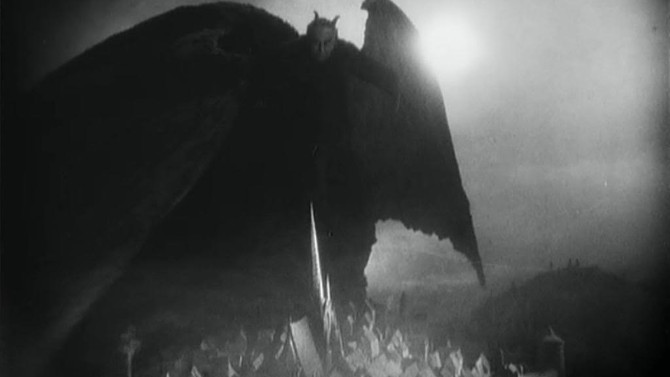
Soul Survivor?
FaustOctober 16, 2016Iconic German director F.W. Murnau is often considered to be one of the most influential filmmakers of the silent film era. Creating the first ever vampire movie, Nosferatu (a perfect example of German Expressionism) in 1922 and Sunrise (sometimes considered to be the best silent film drama of all-time – and the first motion picture he made in America) in 1927, a perhaps slightly lesser known movie (of his) that is equally as impressive is 1926's Faust: A German Folk Legend. Revolving around the age old struggle of good versus evil, the tale begins with the demon Mephisto (Emil Jannings) debating with an Archangel (Werner Fuetterer) about the nature of human beings. The agent of darkness believes that he will be able to corrupt the righteous, wise old sage Faust (Gösta Ekman). The two agree that, if Mephisto succeeds, the Devil will be given rule over the Earth.
-
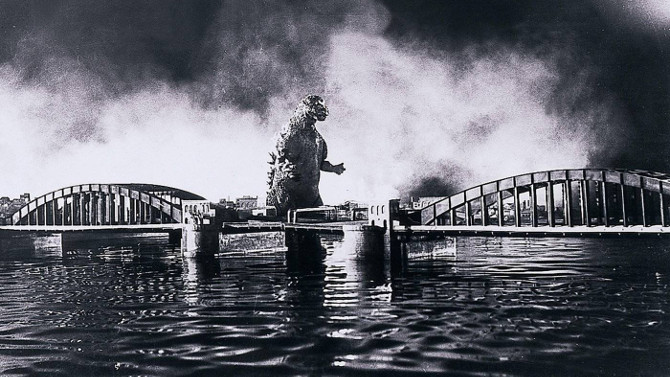
Go Go Godzilla
GodzillaOctober 13, 2016From a modern perspective, it may not be immediately recognizable that the classic 1954 monster movie Godzilla was, in many ways, a product of its time. Highlighting the anxiety of the nuclear age at the height of The Cold War, the gargantuan reptile first appears after a hydrogen bomb test in the middle of the ocean. Even this occurrence that starts off the film is based on reality, as the United States tested a giant nuclear weapon on March 1st, 1954, under the code name Castle Bravo. Fishermen, who were outside of the radius, were hit by the fallout from the blast, being covered with copious amounts of coral and radioactive ash. One man died following the event, creating an onslaught of international press that questioned these tests (though, other articles impugned the men on the vessel, suggesting that they were spies).
-
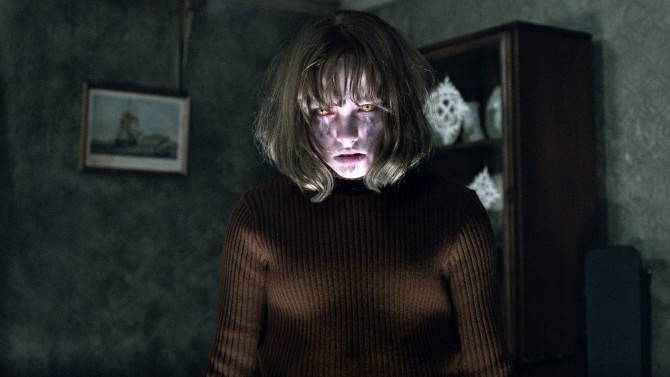
Conjuring Up an Excellent Sequel
The Conjuring 2October 9, 2016It is rare that a sequel can match the quality of the first motion picture. Whether it is an effort to outdo the original, or simply an attempt to cash in on the popularity of the primary offering, it usually comes off as less original, with the story feeling lackluster – often blandly regurgitated. Yet, one film that is able to match its predecessor is James Wan’s 2016 horror flick The Conjuring 2. Written once again by Carey and Chad Hayes, along with director Wan and David Leslie Johnson, the story picks up with the spectre-hunting married couple, Ed (Patrick Wilson) and Lorraine Warren (Vera Farmiga) dealing with their most famous case, the Amityville house. Lorraine sensed a horrible presence in that home, with the ominous figure resembling some sort of demonic nun. During this vision, she witnesses the death of her husband at the hands of the spook.
-
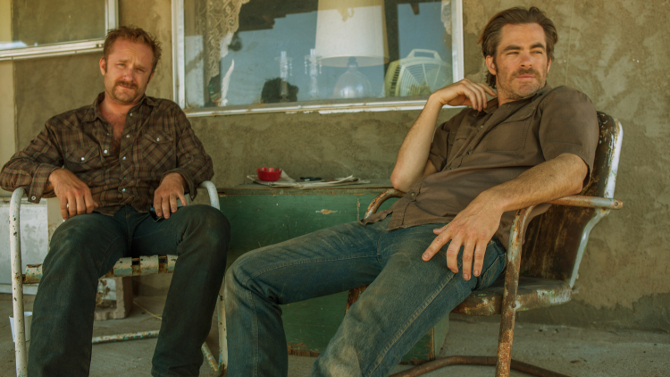
Highway to Hell or High Water
Hell or High WaterOctober 7, 2016Taking characters from the classic western and transporting them into the modern age, Hell or High Water has its requisite share of cowboys, Indians, and cops and robbers, though it cleverly pairs the cowboy and Indian as two Texas Rangers hunting down a pair of outlaw bank robbers. Written by Taylor Sheridan and directed by David Mackenzie, the story follows brothers Tanner (Ben Foster) and Toby Howard (Chris Pine) as they travel through small Texas towns, robbing bank after bank as they go. Tanner, the older sibling, is a wild card criminal who has spent ten of his thirty-nine years behind bars. The brains of the operation, however, is Toby, a charming, clever man who meticulously plans each robbery. He has a melancholic aura, as the death of his mother, as well as a strained relationship with his ex-wife and two sons, has left him flapping alone in the wind.
-
Star Pick with Mike MacDonald
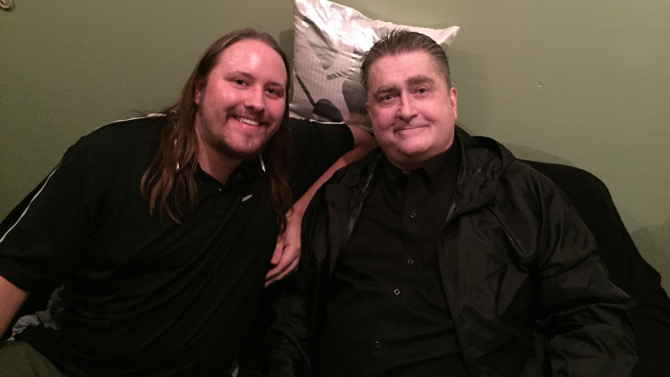 Young Frankenstein Never Grows OldYoung FrankensteinOctober 4, 2016
Young Frankenstein Never Grows OldYoung FrankensteinOctober 4, 2016I recently sat down with famed comedian Mike MacDonald, who has had much success touring North America over the past several decades. The popular comic has done it all, including performances of his stand up on Late Night with David Letterman, The Arsenio Hall Show, having comedy specials on Showtime and the CBC, as well as being a staple at the ‘Just For Laughs’ comedy festival in Montreal. He has even starred in a few movies. After his sidesplitting performance at The Port Theatre in Cornwall, Ontario (on August 19th, 2016), the funnyman was kind enough to sit down with me, telling me about some of his favourite films. He immediately referenced the parody as being his preferred type of motion picture. He eloquently and succinctly highlighted a key aspect in creating a successful parody: "when you want to piss on something, it is good for a two or three minute sketch. But to parody something for ninety minutes, you have to love the subject".

